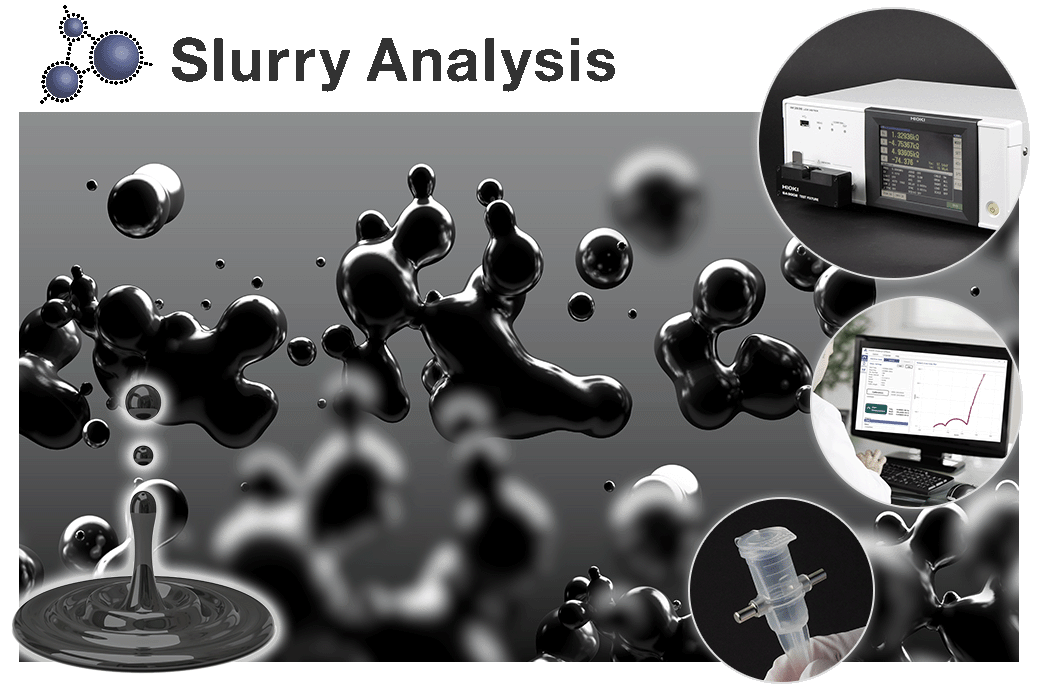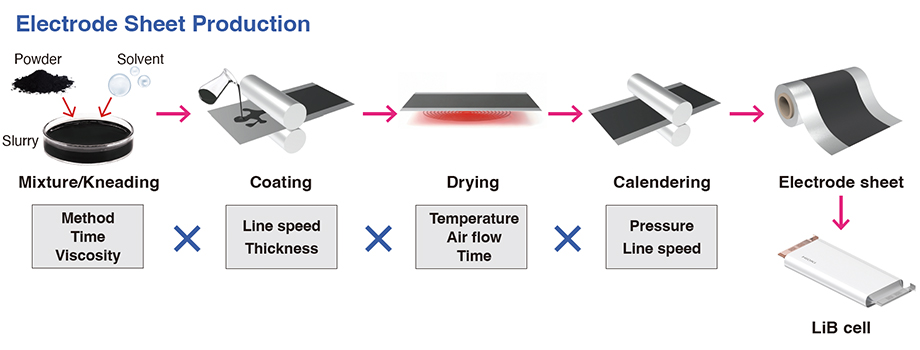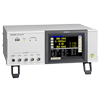Slurry Analytical System (Standalone Analysis Software)
Quantitative Evaluation of LIB Electrode Slurry
NEW
Analytical Software SA2634 empowers battery researchers and quality assurance teams to objectively quantify the conductivity of lithium-ion battery (LiB) slurries. By providing clear metrics like DCR, Rratio, and Uniformity, it helps optimize R&D processes and production efficiency, enabling faster identification of high-performing slurries without relying on subjective assessments. This leads to superior electrode sheets and cells, reducing development time and improving overall battery yield.
Product Video
Quality assessment of electrode sheets is critical for liquid lithium-ion battery performance and yield, but optimizing the upstream slurry process is key to unlocking further improvements.
Hioki's Slurry Analytical System uses impedance measurement to quantify electron conductivity, providing clear, actionable insights into slurry quality. This enables R&D engineers, manufacturing process experts, and QA decision-makers to compare slurry performance, identify deviations, and optimize mixing conditions for superior battery production.
Key Features
- Dedicated measuring instruments & software designed for impedance measurement of LIB electrode slurry
- Automatic analysis function without the need for equivalent circuit creation or initial value setting
- Quantitative evaluation of electronic conductivity using DCR, Rratio, and Uniformity
Model No. (Order Code)
| IM3536 | LCR Meter, measurement frequency: DC, or 4 Hz to 8 MHz |
|---|---|
| SA2634 | Analytical Software |
| SA9001 | Electrode cells, sold in lots of 50, for NMP solvents |
| SA9001-01 | Electrode cells, sold in lots of 50, for aqueous solvents |
| SA9002 | SA9001(-01) dedicated test fixture |
Slurry Evaluation for Improving the Quality of Cells and Electrode Sheets
Enhancing lithium-ion battery performance and yield starts with high-quality electrode sheets, which depend on optimized upstream slurry processes.
SA2634 enables quantitative evaluation of slurry dispersion and conductivity — key factors influenced by material properties, formulation, mixing methods, and kneading time. This approach is based on quantitative science and provides researchers and QA managers with data-driven insights to refine processes, shortening development cycles and ensuring consistent battery quality.
From powder and solvent to final electrode sheet, numerous parameters interact. SA2634 allows you to measure and quantify each stage's state, identifying issues early to prevent defects in the LiB cell.
Evaluation in Small Quantities and Under Real-World Conditions
Assess cathode/anode slurries, conductive pastes, or CNT dispersions with as little as 1 mL — no pretreatment required.
This efficiency accelerates your research by enabling rapid hypothesis testing and verification, minimizing waste while delivering reliable results on dispersion and conductive networks.
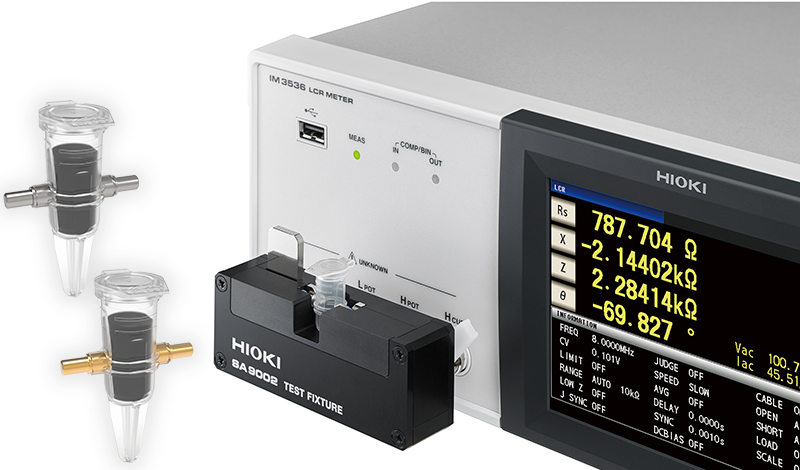
Impedance Measurement
The dedicated electrode cell and test fixture minimize measurement noise for highly reproducible impedance data.
SA2634-controlled sweeps take about one minute, capturing slurry state with minimal change during analysis — ideal for dynamic materials in battery research.
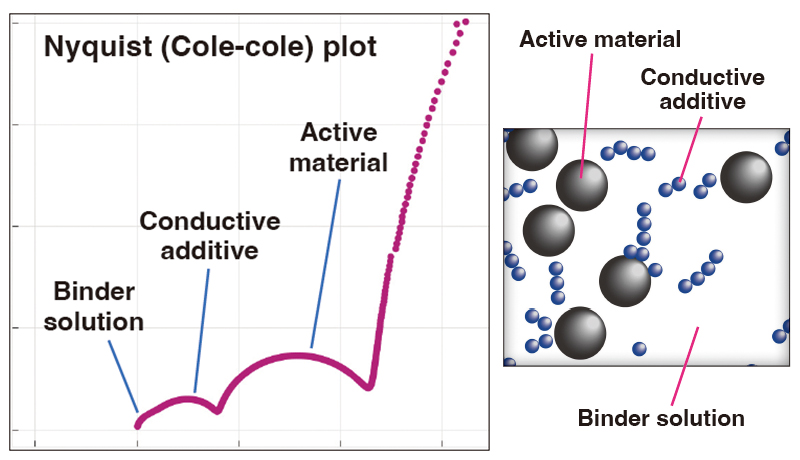
Equivalent Circuit Analysis
SA2634 automates complex equivalent circuit creation and initial value setting, handling up to 1000 files at once.
This streamlines batch processing for efficient comparisons, turning raw impedance data into meaningful evaluations without deep expertise in analysis techniques.
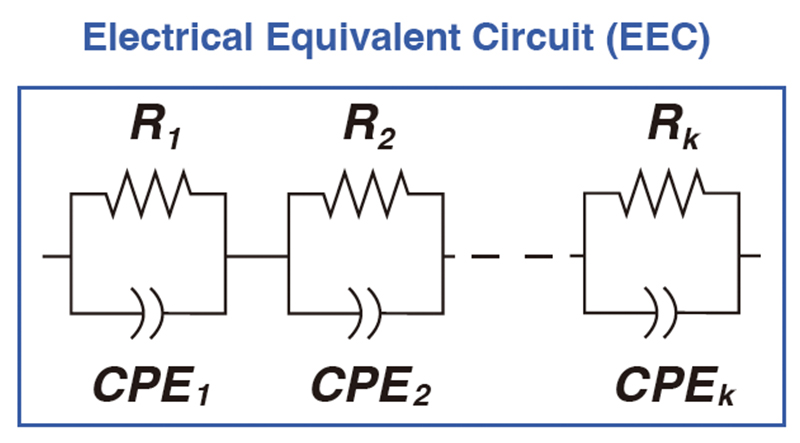
Quantitative Indexing
The three indicators, "DCR," "Rratio," and "Uniformity," are derived from the analysis results. These indicators enable quantitative evaluation and also function as a common language between departments and partner companies.
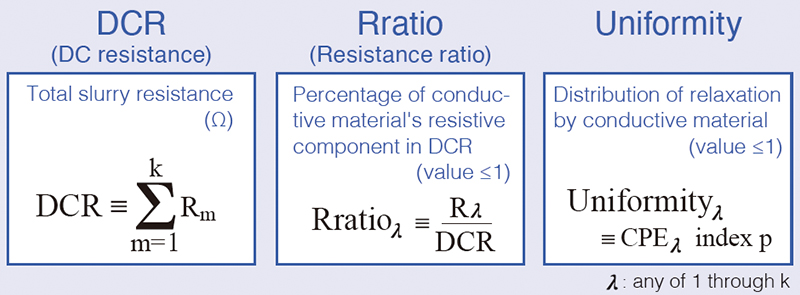
Analytical Software SA2634
| System requirements (computer) | OS: Windows 10, Windows 11 RAM: 8 GB or more Storage: 1 GB or more of available space Display: resolution 1920 × 1080 or more is recommended Interface: USB 2.0 / 3.0, LAN .NET Framework: 4.7.2 or more |
|---|---|
| Instrument to be controlled | LCR Meter IM3536 |
| License authentication | Authentication method: USB license key (included accessory) |
| Language | English, Japanese |
| Measurement | Sweep frequency setting: 4 Hz to 8 MHz (when connected to IM3536) Measurement signal level: 10 mV to 1 V (constant voltage [CV] mode) Nyquist plot display |
| Analysis | Analysis method: Equivalent circuit analysis of impedance data Calculation parameters: DCR, Rratio of each relaxation, uniformity of each relaxation |
Electrode Cell SA9001, SA9001-01
| Dimensions | Approx. 27W × 42H × 37D mm (1.1W × 1.7H × 1.5D in.) (including the electrode) |
|---|---|
| Weight | Approx. 2.3 g (0.1 oz.) |
| Material | Container: polypropylene (PP), electrode: brass (base metal) |
| Capacity | Approx. 1 mL |
| Electrode pin | Diameter (Area where liquid to be measured comes in contact): 3 mm ±0.1 mm Electrode interval: 6 mm ±0.3 mm Electrode surface treatment: nickel plating (SA9001), gold plating (SA9001-01) |
| Operating temperature and humidity range | 23°C ±5°C (73°F ±9°F), 80% RH or less (non-condensing) |
| Storage temperature and humidity range | −10°C to 50°C (14°F to 122°F), 80% RH or less (non-condensing) |
| Operating environment | Indoors, altitude up to 2000 m (6562 ft.) |
| Quantity | 50 |
Test Fixture SA9002
| Measurable frequency | DC to 10 MHz |
|---|---|
| Connectable sample | Electrode Cell SA9001 |
| Residual impedance | Residual resistance during short circuit 200 mΩ or less (reference for 100 Hz) Inter-electrode stray capacitance 0.2 pF or less (reference for 1 MHz) |
| Dimensions | Approx. 98W × 38H × 24D mm (3.9W × 1.5H × 0.9D in.) (excluding protruding parts) |
| Weight | Approx. 210 g (7.4 oz.) |
| Included accessory | Shorting plate for compensation |
Electrode cell (2)
SA9001: for NMP solvents
SA9001-01: for aqueous solvents
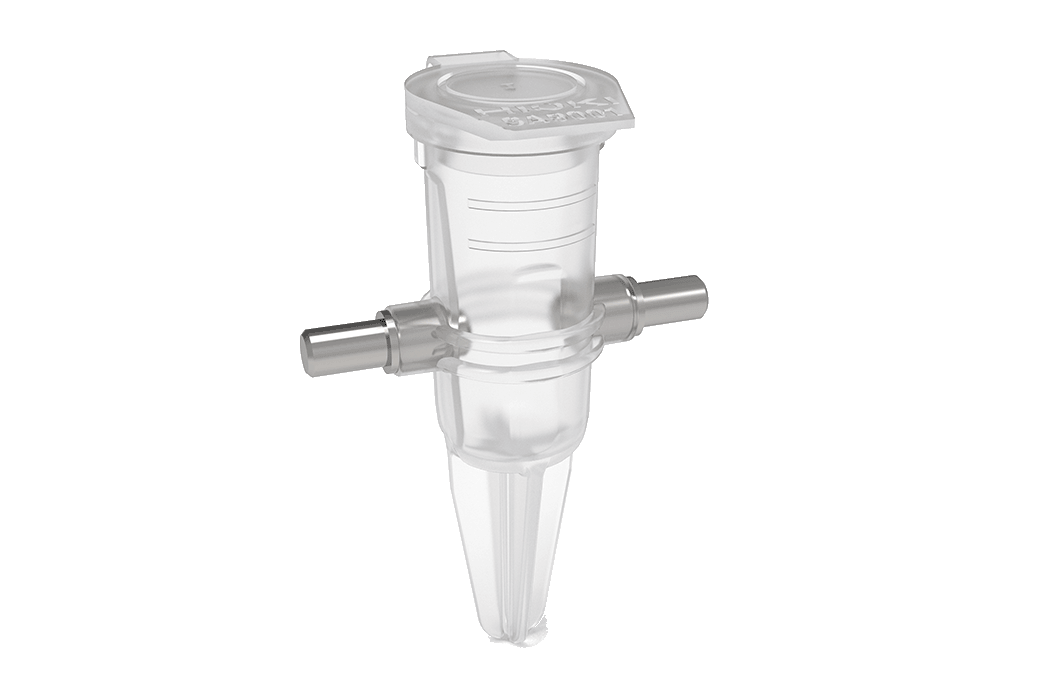
Sold in lots of 50
For injecting the slurry being measured, for NMP solvents
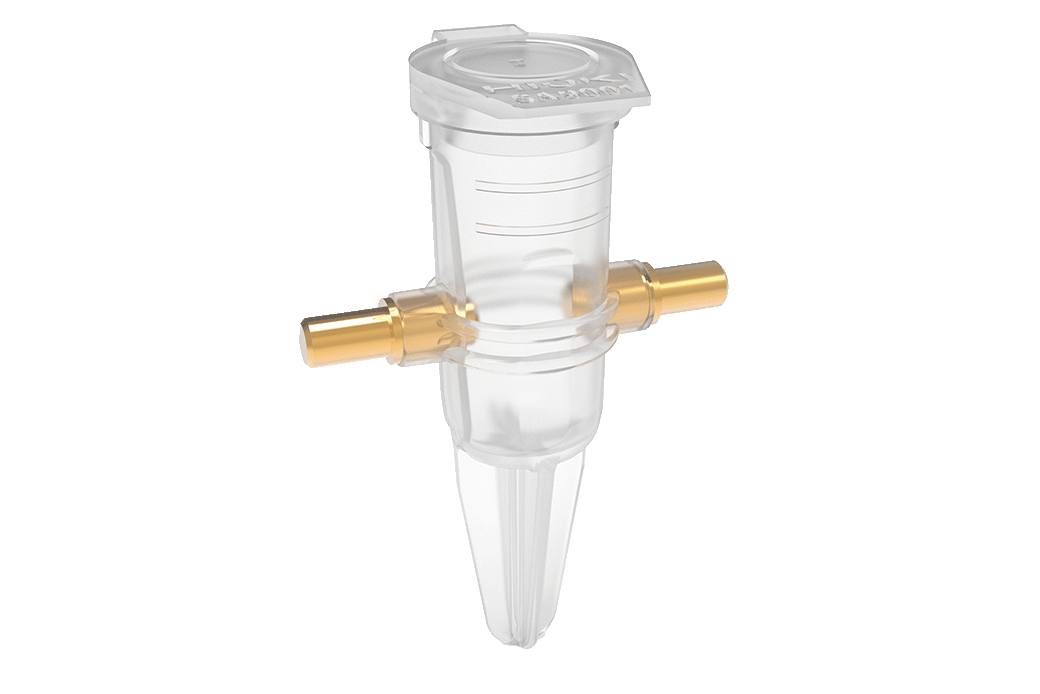
Sold in lots of 50
For injecting the slurry being measured, for aqueous solvents
Text fixture (1)
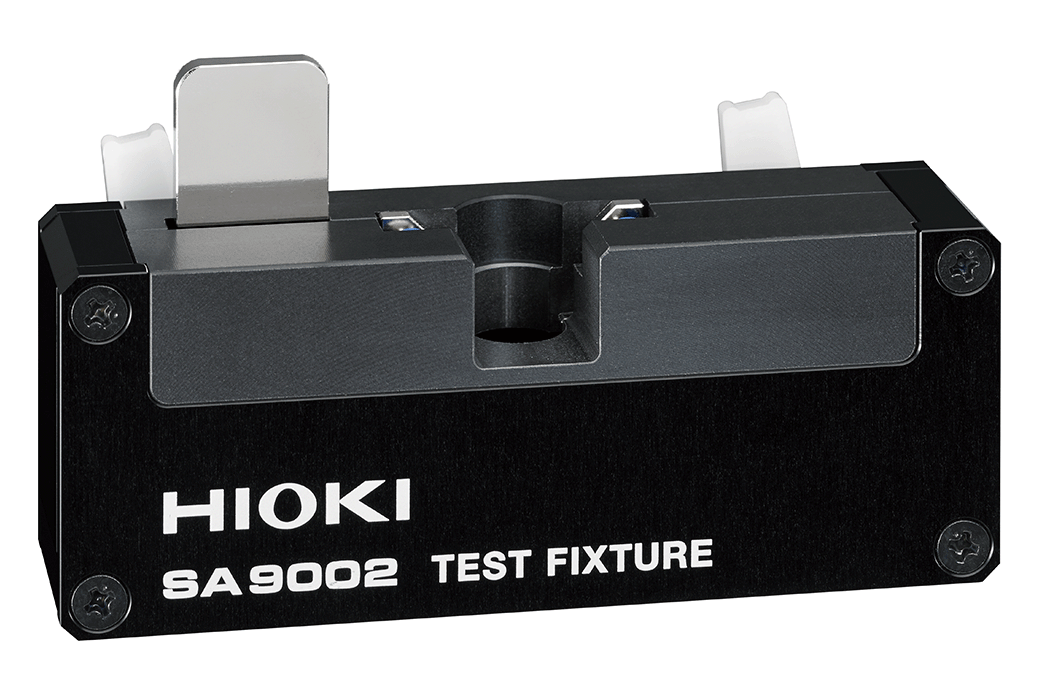
SA9001 dedicated test fixture
One-touch connectivity for the SA9001

